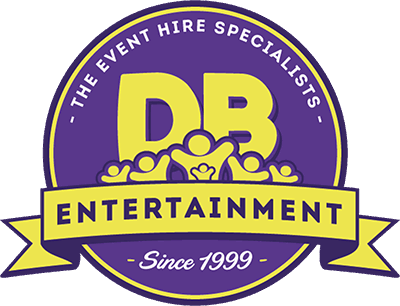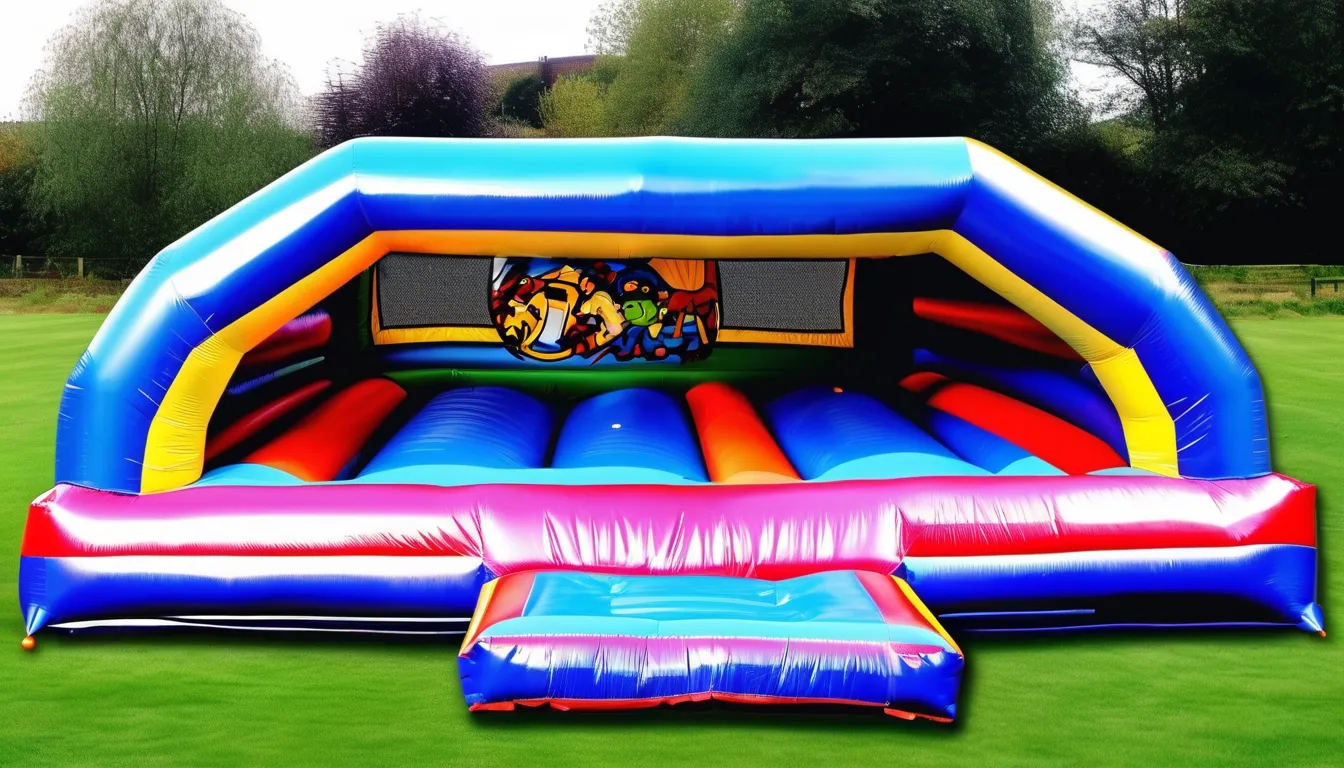When you consider investing in a home golf simulator, budgeting becomes crucial. You might be surprised to find that costs can range widely, from a few hundred dollars for basic models to upwards of $10,000 for high-end systems with advanced features. But the expenses don’t stop there; installation, maintenance, and software updates can add up quickly. If you’re not careful, unexpected costs could derail your plans for improvement. So, how do you ensure you’re making a sound investment that enhances your game without breaking the bank?
Initial Purchase Costs
When you’re considering a home golf simulator, the initial purchase costs can vary significantly based on the quality and features you want. You’ll find options ranging from basic models that start around $500 to high-end systems that can exceed $10,000. The price often reflects the technology involved, such as advanced tracking systems that provide accurate data on your swing and ball flight.
If you’re looking for a more immersive experience, simulators with high-definition graphics and realistic course options will typically cost more. You might also consider bundled packages that include software, launch monitors, and accessories like hitting mats and screens, which can streamline your setup but also contribute to higher costs.
Don’t forget about the brand reputation, as well-established companies may charge a premium for their products. Researching different brands and reading customer reviews can help you make an informed decision.
Take your time to evaluate what features matter most to you, whether it’s accuracy, ease of use, or a vast library of courses. By setting a clear budget and prioritizing your needs, you’ll find a simulator that fits both your game and your finances.
Installation Expenses
After you’ve settled on your golf simulator, you’ll need to factor in installation expenses, which can add to the overall cost. Depending on the complexity of your setup, these expenses can vary widely.
If you plan to mount screens or projectors, consider hiring professionals to ensure everything’s set up correctly. This can save you time and headaches down the line.
You might also need to invest in additional equipment, such as mounting hardware, cables, and even flooring, especially if you’re converting a space. If you’re DIY-inclined, you can save some cash, but be prepared for a learning curve.
Don’t forget about the electrical requirements—your simulator might need dedicated circuits, which could mean hiring an electrician. This adds to the installation cost, but it’s essential for safety and performance.
Maintenance and Upkeep
Maintaining your home golf simulator is crucial for ensuring its longevity and optimal performance. Regular upkeep not only enhances your golfing experience but also protects your investment.
Start by cleaning the sensors and screens frequently. Dust and dirt can accumulate, affecting accuracy and clarity. Use a microfiber cloth for gentle cleaning; avoid harsh chemicals that could damage components.
Check the calibration of your simulator periodically. Faulty calibration could lead to inaccurate readings, impacting your practice sessions. Most simulators offer a built-in calibration tool, making this process straightforward.
Inspect the cables and connections regularly. Look for any signs of wear or damage, as faulty wiring can disrupt performance. Replace any damaged cables immediately to prevent further issues.
Also, keep your software updated, but we’ll save that for the next section.
Lastly, consider the environment where your simulator is set up. Maintaining a consistent temperature and humidity level can prevent damage to sensitive electronics.
Software and Updates
To ensure your home golf simulator operates at its best, keeping the software updated is essential. Regular updates not only enhance performance but also introduce new features and fix bugs that could hinder your experience.
Investing in the right software can make a significant difference in your gameplay and practice sessions.
Here are three key points to consider:
- Compatibility: Make sure the software you choose is compatible with your simulator hardware. Compatibility issues can lead to frustrating experiences or even additional costs if you need to replace equipment.
- Subscription Costs: Some software options require a subscription for ongoing access to features and updates. Factor these recurring costs into your budget, as they can add up over time.
- User Community: Look for software that has an active user community. This can provide valuable insights, support, and tips for getting the most out of your simulator. Engaging with fellow users can enhance your overall experience and help you troubleshoot any issues.
Space and Setup Requirements
When setting up your home golf simulator, it’s important to consider the space and setup requirements carefully.
You’ll need a dedicated area that accommodates the simulator, projector, and screen. Ideally, a space of at least 10 feet in width, 15 feet in depth, and 9 feet in height will give you the best experience. This ensures you have enough room to swing comfortably without hitting walls or furniture.
Consider the flooring as well; a level surface is crucial for accurate readings. If possible, a carpeted area can help absorb impact noise, making your practice quieter.
You’ll also want to factor in lighting. Natural light can interfere with the simulator’s sensors, so consider blackout curtains or a dimmable lighting setup.
Don’t forget about the equipment setup. You’ll need a sturdy mat for your stance, and positioning your projector and screen correctly is vital for a seamless experience.
Finally, ensure there’s adequate ventilation, especially if you’re in a smaller space, to keep you comfortable during extended practice sessions.
Taking the time to properly assess your space will enhance your overall golfing experience at home.
Conclusion
In conclusion, budgeting for a home golf simulator involves more than just the initial purchase. You’ll need to consider installation costs, ongoing maintenance, and software updates to keep everything running smoothly. Don’t forget about the space requirements for optimal performance. By planning ahead and accounting for these expenses, you can enjoy a fantastic golf simulator for sale uk experience at home without any unexpected financial surprises. Invest wisely, and you’ll be well on your way to improving your game!





